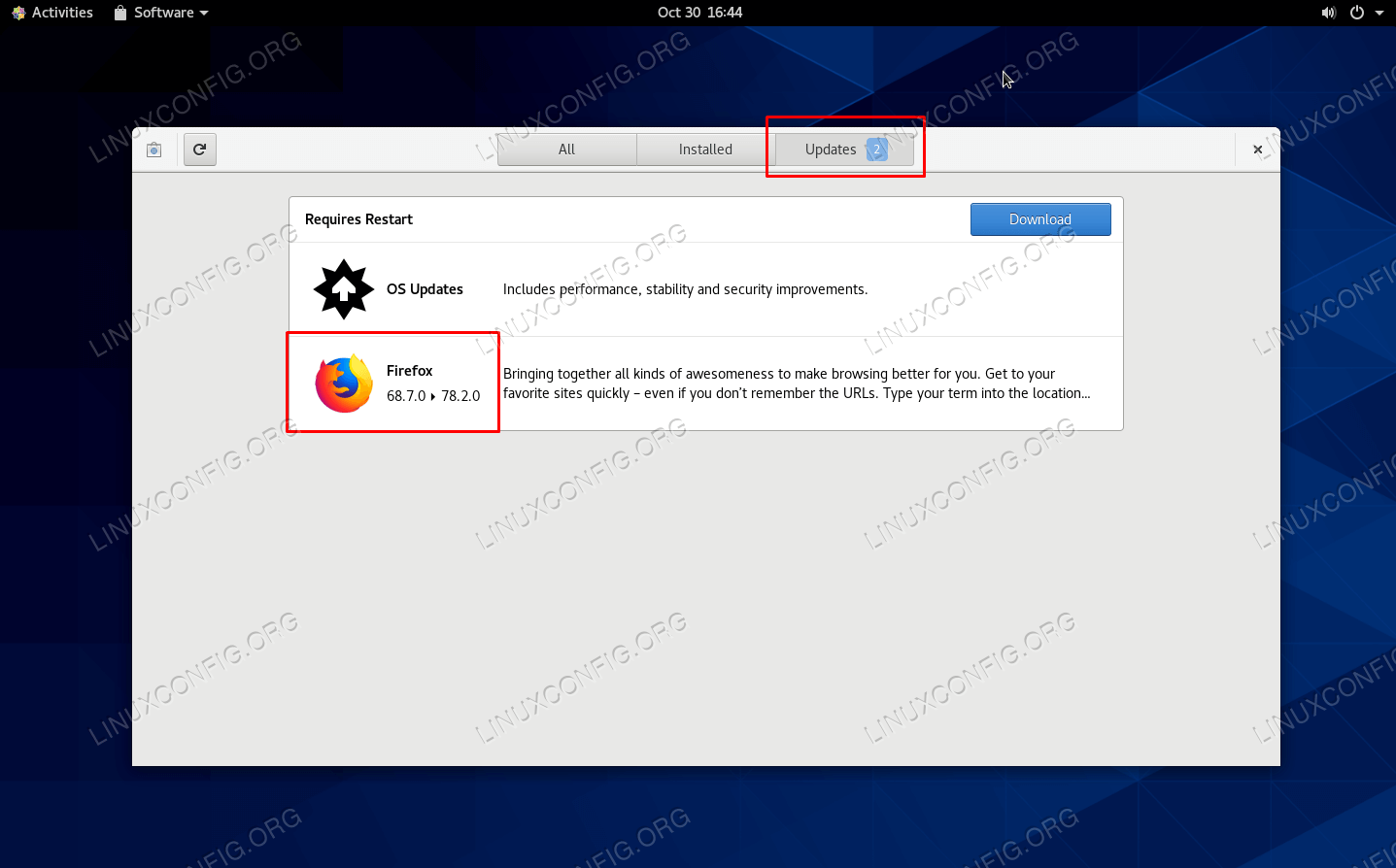
No longer does an “apt update” spit out lines of certificate warnings. Wget provides a number of options allowing you to download multiple files, resume downloads, limit the bandwidth, recursive downloads, download in the background, mirror a website, and much more. With Wget, you can download files using HTTP, HTTPS, and FTP protocols. No longer do you have to specify “–no-check-certificate” options. GNU Wget is a command-line utility for downloading files from the web. With your content filter’s certificate installed, command line utilities just work so much better.

Copy the crt file to /etc/pki/ca-trust/source/anchors/.Follow the instructions above as far as ensuring you have a certificate in PEM format, and saved with the “.crt” extension.For RHEL / CentOS systems, and their derivatives: Running hooks in /etc/ca-certificates/update.d.ĭone.
#HOW TO DOWNLOAD FIREFOX ON LINUX COMMAND LINE HOW TO#
You should see output similar to the following: Updating certificates in /etc/ssl/certs. How to download and install Google Chrome on Ubuntu using command line Terminal Sarbasish Basu Last Updated: How To 1 Comment Most of the users loved using Google Chrome not only because of the great user interface but also for its rich Web Store which offers a plethora of different apps for almost all class of users. Now, just update system certificates and you’re done. Sudo cp SSL_Certificate.crt /usr/local/share/ca-certificates/extra/ Open a DOS prompt by clicking on Start->Run and typing cmd at the prompt: Click the ‘OK’ button to open the Command Prompt window: Navigate to the FireFox directory (the default is C:\Program Files\Mozilla Firefox\): To run FireFox from the command line, simply type in firefox. Sudo mkdir /usr/local/share/ca-certificates/extraĬopy the certificate file to your newly created directory. Now we need to move this certificate to the appropriate directory, and apply it.įor Debian-based systems (Ubuntu, Mint, and more):Ĭreate a folder within the /usr/local/share/ca-certificates directory to store your custom certificate(s).

You should see something like the following:

Openssl x509 -inform der -in SSL_r -out SSL_Certificate.crt Fire up a terminal, and cd to the directory where the certificate is then run this command, replacing the file names as necessary.


 0 kommentar(er)
0 kommentar(er)
